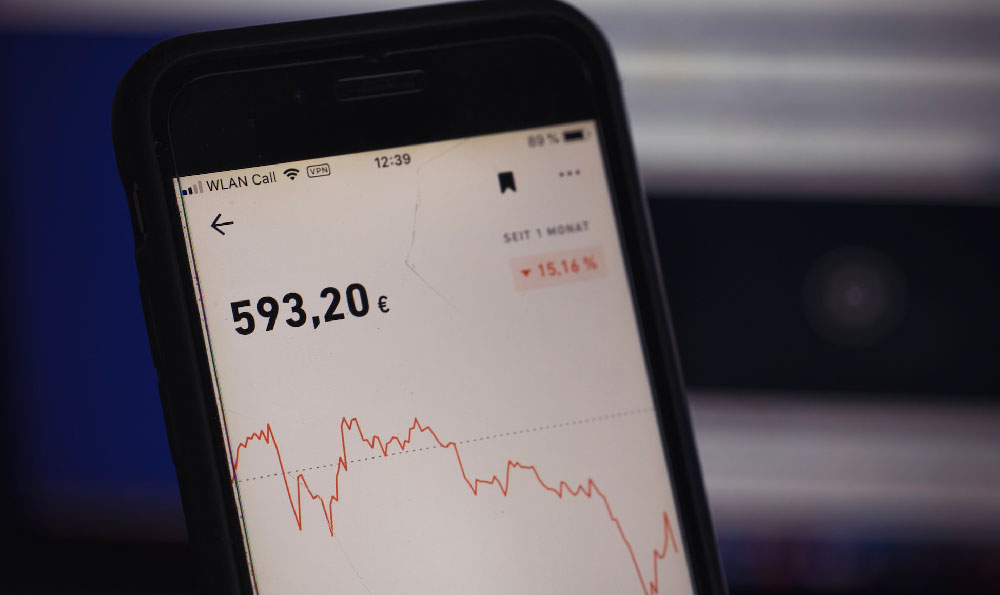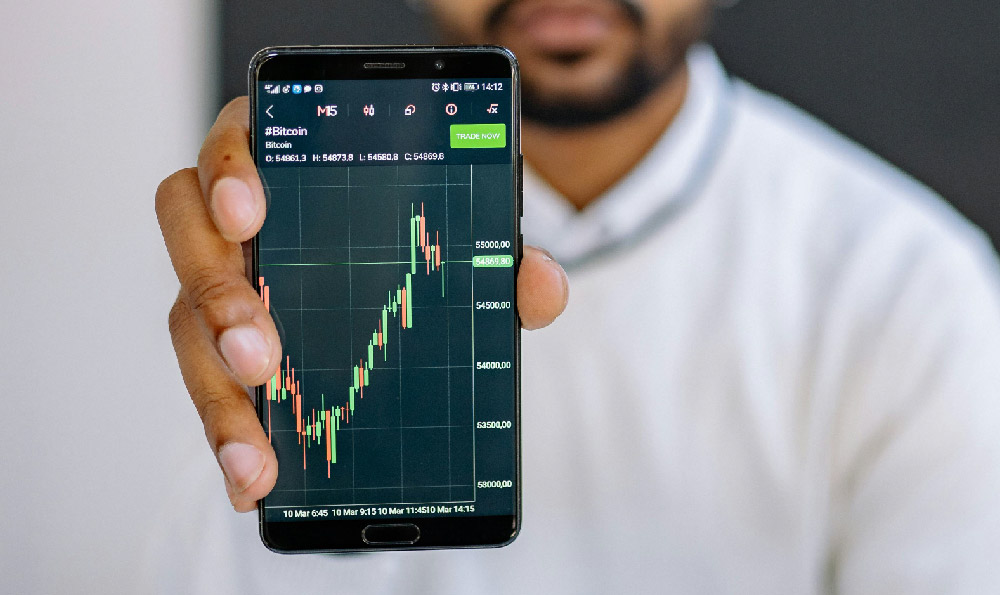
Gold has captivated humanity for millennia, serving as a symbol of wealth, power, and stability. Its intrinsic value, relative scarcity, and resistance to corrosion have made it a coveted metal, prompting its use in jewelry, coinage, and various industrial applications. Beyond its aesthetic and practical uses, gold has long been considered a safe-haven asset, particularly during times of economic uncertainty and market volatility. But is gold truly a smart long-term investment? The answer, like most things in the financial world, is nuanced and depends heavily on individual circumstances, risk tolerance, and investment goals.
Let's delve into the potential advantages of including gold in a long-term investment portfolio. One of the most compelling arguments for gold is its role as a hedge against inflation. Throughout history, gold has often maintained or increased its value during periods of rising prices. This is because inflation erodes the purchasing power of fiat currencies, while the supply of gold remains relatively constant. When inflation rises, investors often flock to gold as a store of value, driving up its price. This can help to protect the overall purchasing power of a portfolio during inflationary periods. Gold acts as a tangible asset that isn’t easily devalued by government policies or central bank actions.
Another key benefit of gold is its potential to act as a diversifier in a portfolio. Diversification is a cornerstone of sound investment strategy, as it helps to reduce overall risk by spreading investments across different asset classes. Gold tends to have a low or even negative correlation with other asset classes, such as stocks and bonds. This means that when stock and bond markets are declining, gold may hold its value or even increase in value, providing a cushion against losses in other parts of the portfolio. During economic downturns or periods of geopolitical instability, investors often seek the safety and perceived stability of gold, further driving up its demand and price. This can make gold a valuable diversifier, particularly in turbulent times. The price of gold is often inversely related to the performance of the U.S. dollar. A weaker dollar typically makes gold more attractive to international investors, driving up demand and prices.

Furthermore, geopolitical risks and uncertainty can also drive demand for gold. When political tensions rise, economic sanctions are imposed, or wars break out, investors often seek the safe haven of gold, leading to price increases. Gold is viewed as a stable store of value in times of political and economic turmoil, as it is not tied to any particular government or economic system. This makes it an attractive asset for investors looking to protect their wealth during periods of instability.
Despite its advantages, gold is not without its drawbacks. One of the main criticisms of gold as an investment is that it does not generate any income. Unlike stocks, which can pay dividends, or bonds, which pay interest, gold simply sits there. This means that the only way to profit from gold is to sell it at a higher price than you bought it for. This reliance on price appreciation can make gold a less attractive investment than income-generating assets, especially for investors seeking a steady stream of income.
Another disadvantage of gold is its volatility. While gold is often considered a safe-haven asset, its price can be quite volatile in the short term. Gold prices can be affected by a variety of factors, including changes in interest rates, inflation expectations, currency fluctuations, and geopolitical events. This volatility can make gold a risky investment for those with a short time horizon or a low risk tolerance. It's important to be prepared for price swings and to avoid making emotional decisions based on short-term market fluctuations.
Furthermore, the cost of storing and insuring physical gold can be a significant expense. If you choose to invest in physical gold, you will need to find a safe place to store it, such as a bank vault or a secure home safe. You will also need to pay for insurance to protect against theft or damage. These costs can eat into your returns, making gold a less attractive investment than other assets that can be held digitally or in brokerage accounts.
Finally, it’s important to consider the opportunity cost of investing in gold. Every dollar invested in gold is a dollar that could have been invested in another asset, such as stocks, bonds, or real estate. These other assets may offer higher potential returns than gold, especially over the long term. It's crucial to weigh the potential benefits of gold against the potential returns of other investments before making a decision.
In conclusion, whether gold is a smart long-term investment depends on your individual circumstances and investment goals. Gold can be a valuable hedge against inflation, a diversifier in a portfolio, and a safe-haven asset during times of uncertainty. However, it does not generate income, can be volatile, and involves storage costs. Before investing in gold, it's important to carefully consider your risk tolerance, investment time horizon, and overall portfolio allocation. Consider consulting with a qualified financial advisor who can help you assess your individual needs and develop a customized investment strategy that includes gold, if appropriate. While gold has a historical track record as a store of value, it's not a guaranteed path to wealth, and a well-diversified approach is almost always the best strategy for long-term financial success. Consider gold as one component of a balanced portfolio, rather than the entire solution.





